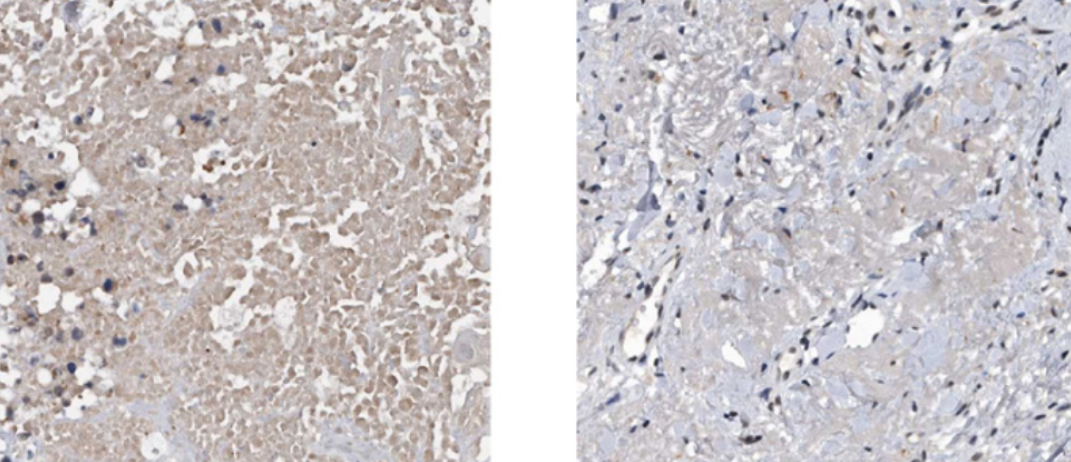VIRMA promotes the progression of head and neck squamous cell carcinoma by regulating UBR5 mRNA and m6A levels
DOI:
https://doi.org/10.17305/bb.2024.10358Keywords:
Head and neck squamous cell carcinoma (HNSCC), N6-methyladenosine (m6A) methylation, vir-like m6A methyltransferase associated (VIRMA), proliferation, invasion, biomarkerAbstract
Head and neck squamous cell carcinoma (HNSCC) is a globally prevalent and lethal cancer form which precise mechanisms remain incompletely understood. Increasing evidence suggests that N6-methyladenosine (m6A) plays a crucial role in cancer progression. This study aimed to explore the biological function of m6A modification and vir-like m6A methyltransferase associated (VIRMA) in
HNSCC. We conducted an analysis of VIRMA expression in HNSCC cells using The Cancer Genome Atlas (TCGA) database and employed reverse transcription quantitative polymerase chain reaction (RT-qPCR) and western blotting to assess its expression levels in HNSCC cell lines. Additionally,m6A levels in HNSCC cells were quantified, and the correlation between VIRMA expression levels and the clinical and pathological features of other genes was analyzed. Upon knocking down VIRMA levels, we assessed HNSCC cell proliferation, migration, and invasion and validated downstream genes using RT-qPCR and western blot. Our findings suggested that VIRMA, as an m6A-related regulator, may significantly influence HNSCC progression by regulating ubiquitin protein ligase E3 component N-recognin 5 (UBR5) through m6A modification. Therefore, VIRMA may serve as a prognostic biomarker.
Citations
Downloads

Downloads
Published
Issue
Section
Categories
License
Copyright (c) 2024 Chunyu Zhu, Yameng Cheng, Yao Yu, Yanning Zhang, Guiyun Ren

This work is licensed under a Creative Commons Attribution 4.0 International License.









